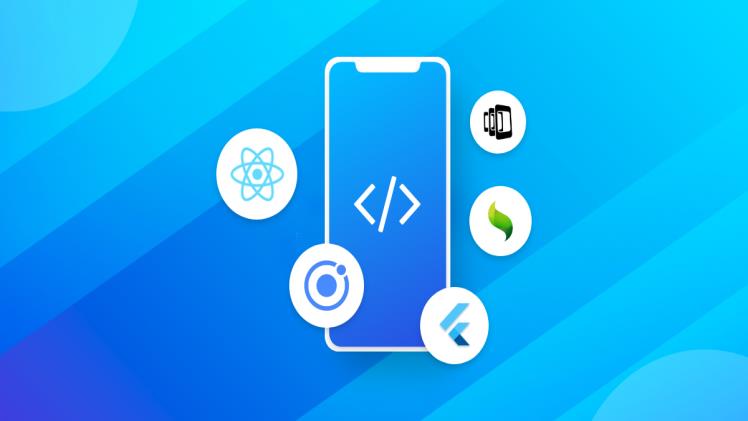Cross platform app development is the use of a mobile framework that enables developers to create apps that run across multiple platforms such as Android, iOS and Windows. Unlike native app development, there is no separate coding needed for each platform.
Though popular, this method can have its drawbacks. For instance, the app might not load as quickly or have as pleasing a user interface as native applications do. Visit https://chudovo.com/cross-platform-app-development/ for more information.
Cost-effectiveness
Cost-efficiency is a critical factor in any app development project. It depends on the features, functionality and design of the app you choose to develop; furthermore, the type of mobile app you plan to create also has an impact on its total hybrid app development cost.
Businesses can save a considerable amount of money by choosing cross platform app development. This method enables developers to reuse one codebase across multiple platforms, thus cutting down on development expenses significantly.
Additionally, cross-platform apps are easy to update and maintain. A single developer can update a codebase that targets all platforms simultaneously, eliminating omissions or inconsistencies between platforms.
The cost of developing a cross-platform app depends on several factors, including the platform used, location and experience of the development team, as well as project complexity. For optimal results, hire someone experienced in cross-platform development to minimize costs.
Time-saving
Cross platform app development saves developers a considerable amount of time, both when writing the code and maintaining it. A common code base reduces the amount of coding necessary, and bugs can be quickly fixed together.
Implementing a new feature or widget into the app is straightforward, plus updates are quickly synced across all platforms and devices.
Cross platform app development is a cost-effective alternative to native app development, which can be expensive and time-consuming. It’s ideal for companies that wish to reach an international audience with their product, as well as those needing an MVP app that works across multiple platforms quickly.
Reusability
Utilizing the same code base to build multiple mobile apps can save time and money during development. Furthermore, testing, updating, and deploying changes/fixes are more efficient than having to do them separately for each platform.
Flutter and React Native are cross-platform app development frameworks, offering a convenient way to implement web-based code across multiple platforms. These frameworks offer pre-made UI components, real-time code visibility, and other advantages.
However, this approach can sometimes fall short of native app performance and user experience. This is especially true for more sophisticated applications that take advantage of device-specific hardware features.
Developers must remember that not all cross-platform frameworks are created equal. Some, such as React Native, are better suited for creating complex yet high-performance apps than others.
Maintenance
Developing and maintaining an app takes a considerable amount of time and energy. You need to collect feedback, test your code, and release updates regularly. Furthermore, having an effective testing process in place helps detect any bugs before they become major issues. Furthermore, having an app that works seamlessly on all mobile devices available on the market is a major asset for any business.
Having one codebase that can be deployed across all platforms and mobile devices is a surefire way to streamline development and maintenance cycles. Utilizing the best cross platform app development tool for your needs will allow you to create apps that are fast, dependable and enjoyable to use – keeping users coming back for more. Invest in quality app updates and bug fixes now, and your customers will thank you later. To achieve this success, implement an efficient bug tracking solution as well as an efficient monitoring and logging system.

